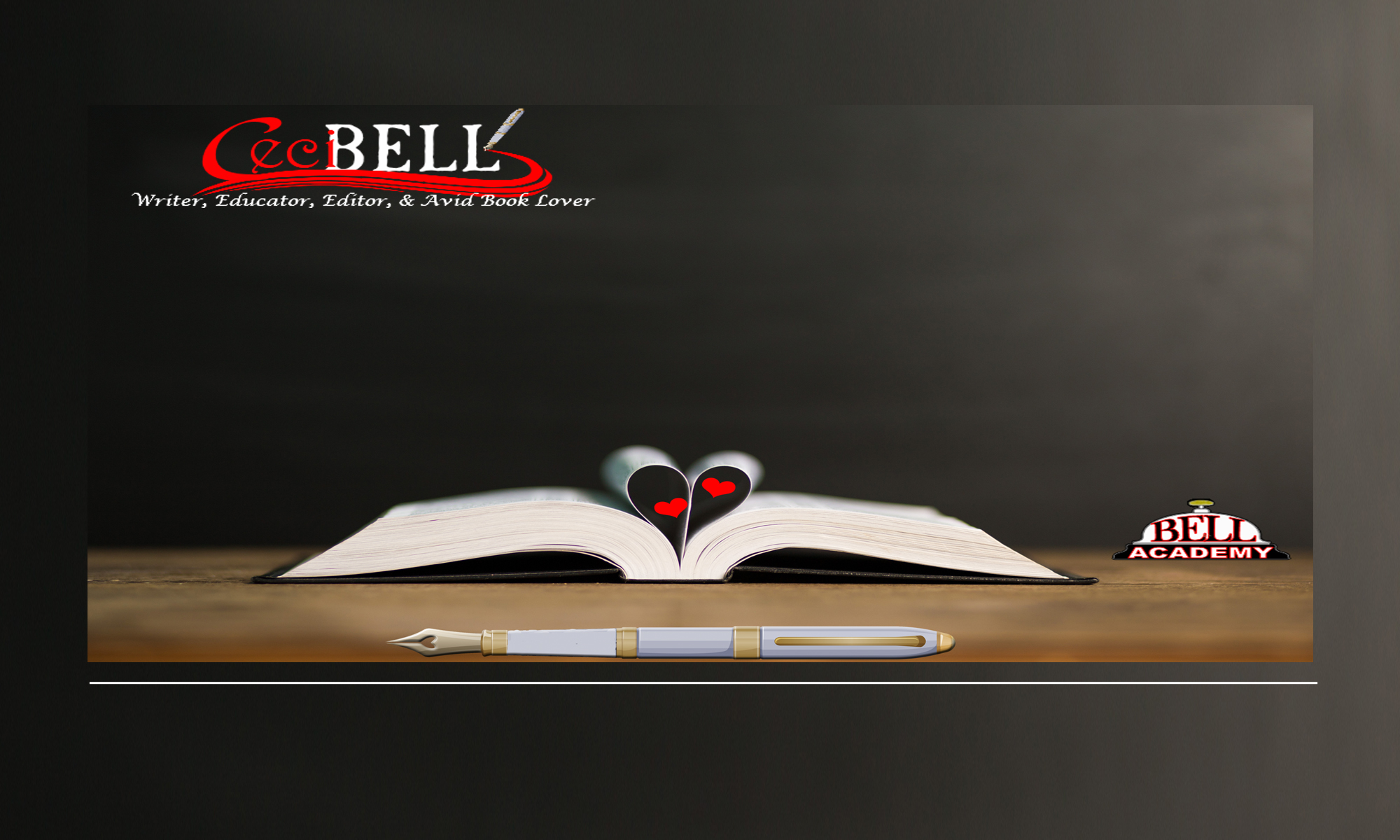Baker-Bell, et al. (2017) and Lewison & Van Sluys (2002) provide good overviews of the major components of critical literacy education. Social justice goals fueled critical literacy education because critical literacy education’s goals were to disrupt power relationships in language and literacy (Baker-Bell, et al., 2017; Morrell, 2005) across “four interrelated dimensions: (a) disrupting the commonplace, (b) interrogating multiple viewpoints, (c) focusing on sociopolitical issues, and (d) taking action and promoting social justice (382)” (Lewison & Van Sluys, 2002, qtd. In Rodesiler and Premont, 2018, p. 82).
Critical literacy education (Janks, et al., 2014; Lewison, et al., 2002, & Morrell, 2005) is rooted in a sociocultural perspective of literacy learning (Heath, Gee, Streeter), New Literacies studies, critical theory (Freire), and critical race theory (Derrick Bell).
Researchers use critical race theory as a framework to examine the intersection of race with society as a whole, as well as individuals and institutions (Allen, 2015).
Foundational, Morrell’s (2005) notion of Critical English Education was “explicit about the role of language and literacy in conveying meaning and in promoting or disrupting existing power relations”.
